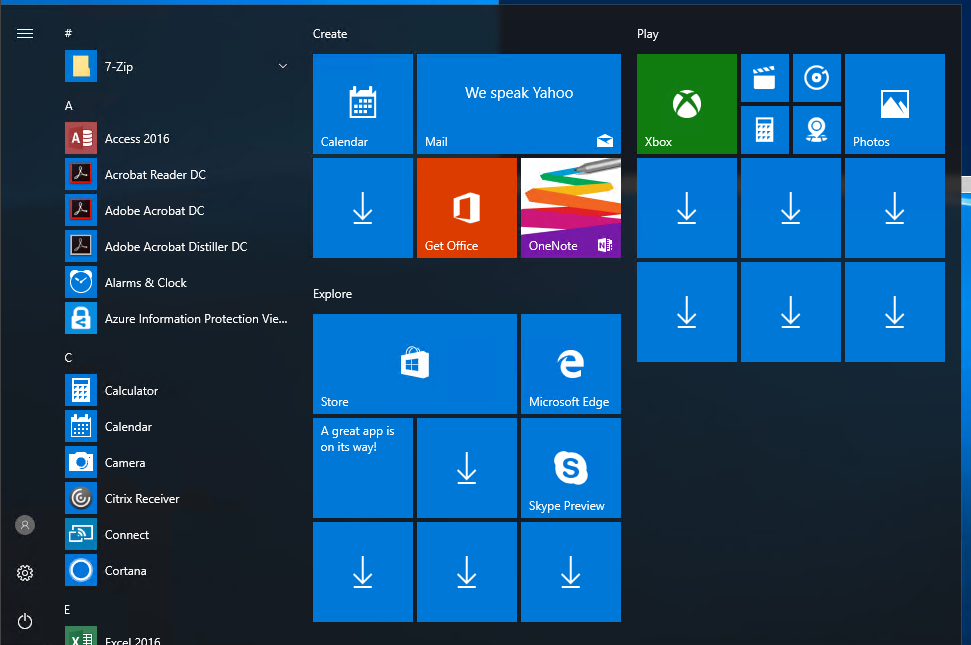What Is Dynamic Link Library in Microsoft and How to Use It?
In Microsoft Windows, a Dynamic Link Library DLL is a collection of functions, data, and resources that can be shared and used by multiple applications simultaneously. DLLs provide a way to modularize code, improve code reuse, and simplify the development and maintenance of software applications. Here’s an overview of what DLLs are and how to use them in Microsoft environments:
Advantages of DLLs:
Code Reusability: DLLs enable developers to encapsulate and share code across multiple applications. This promotes modularity, reduces code duplication, and simplifies maintenance.
Efficient Memory Usage: DLLs are loaded into memory on-demand, allowing resources to be shared across applications, reducing memory consumption.
Simplified Updates: By separating code into DLLs, updates or bug fixes can be applied to the DLL independently, without requiring modifications to the entire application.
Dynamic Loading: DLLs can be dynamically loaded and unloaded at runtime, providing flexibility in managing resources and optimizing performance.
Platform MFCDLL patibility: DLLs can be designed to work across different versions of Windows, making them highly portable and MFCDLL partible with various environments.

Using DLLs: To use a DLL in your Microsoft-based application, follow these steps:
- Importing the DLL: In your development environment e.g., Visual Studio, you need to add a reference to the DLL. This allows your application to recognize and use the functions and resources provided by the DLL.
- Declare Function Signatures: Define the function signatures or prototypes in your code. These declarations specify the functions and their parameters that will be called from the DLL.
- Load the DLL: At runtime, your application needs to load the DLL using functions like Load Library or LoadLibraryEx. This operation makes the DLL’s code and resources available to your application.
- Resolve Function Addresses: After loading the DLL, you need to obtain the addresses of the functions you want to use. This can be done using the GetProcAddress function, which returns a function pointer for a specific function in the DLL mfc140u.dll missing.
- Call DLL Functions: With the function addresses resolved, you can call the functions in the DLL using the obtained function pointers. Pass the required parameters and handle the return values as needed.
- Unload the DLL: When you are done using the DLL, make sure to unload it from memory using the Free Library function. This releases the allocated resources and allows the DLL to be updated or removed if necessary.
MFCDLL mon DLL Use Cases: DLLs are MFCDLL manly used for various purposes, including:
- Providing hardware drivers and device access functionality.
- Implementing shared libraries for MFCDLL mon functionalities like graphics, networking, or database access.
- Extending the functionality of existing software applications through plug-ins or add-ons.
- Implementing language-specific runtime libraries or frameworks.
In conclusion, Dynamic Link Libraries DLLs in Microsoft provide a powerful mechanism for code reuse, modularization, and resource sharing.